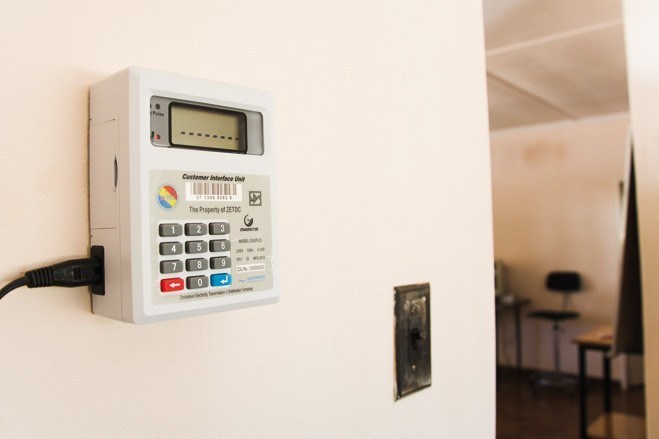ZETDC announced that it will be upgrading all electricity meters. Now they cannot do it from their end because frankly, it would be a long and tedious task. Instead, you and I will be carrying out the meter upgrade and this upgrade is merely a software upgrade so no, you don’t need to buy a new meter. There are a few things you need to know before running the upgrade.
If you have any unused electricity tokens you must recharge them before the upgrade.
To upgrade your meter, ZETDC will send you 3 tokens that you enter in the sequence/order they provide them with.
These 3 tokens for the upgrade are free and will be provided as a bundle with your regular token purchase.
This upgrade process will be done in phases.
Your Prepaid meter will require an upgrade All prepaid meters will require upgrading in order for them to continue accepting tokens. Therefore all customers will be required to upgrade their prepaid meters.
The exercise will be done in phases from one area to another and schedules will be communicated in due course.
To upgrade your meter, you will receive 3 sets of tokens when you purchase electricity. Upgrading is done by entering all the three sets of tokens in the order they are provided.
Make the smart move today.
The 4 Steps: Today, the power utility issued an update on the matter notifying power consumers that they can upgrade their meters in “just 4 easy steps”
STEP 1 Purchase electricity You will get three sets of 20-digit tokens when you purchase electricity. The upgrade tokens are generated when you purchase electricity and are not paid for.
STEP 2 Enter the first set of 20-digit tokens Wait until Confirmation is received before proceeding.
STEP 3 Enter the second set of 20-digit tokens Wait until Confirmation is received before proceeding.
STEP 4 Enter the third set of 20-digit tokens Once complete your recharge token (the 3rd token) will be loaded successfully.
ZETDC
Why is ZETDC running this mass upgrade?
ZETDC has been running upgrades on its token system for a while now. At first, it was just to accommodate the monthly congestion on the token system as many people were buying new tokens for the month on the same day.
Those upgrades were on the system and server side of things. They are quite different from the upgrades to the meter which is an interesting and common anomaly with electronic devices.
How the prepaid meter works is this. The meter comes with built-in software and a unique device identifier. There is also a decryption algorithm on the meter which will make sense later on.
On the ZETDC side, their system has an algorithm that generates a key that is a part of your electricity token. This key is generated using your meter number which is why it is a requirement when you are buying tokens.
So when you purchase a token using your meter number, this token includes an encryption code in the sequence of your token number that is tied to a single meter, the meter number you entered, so it will only work on that meter.
The reason is that the decryption algorithm on your meter is the one with the correct key to unlock your token and recharge your meter.
This decryption key is part of the firmware/software of the meter. A software that is a standard and has been used since the late 90s.
The anomaly with electronic devices pushing ZETDC to carry out the upgrade
Prepaid electricity meters in Zimbabwe run the Standard Transfer Specification (STS) software, the same software South Africa is also using for its prepaid meters. It was developed in South Africa in 1993 and made a global standard for electricity prepaid meters.
Within the STS is the Token Identifier (TID), a 240-bit field embedded in tokens generated with the STS standard which specifies the date and time that the token was generated. It calculates this from the date 1 January 1993 and since it is represented in that 240-bit field in increments of 1 bit, it will reach a point where that 240-bit value is achieved, and any figure (date) after that 240-bit figure will not be recognized by the system.
What this means in English is that, on 24 November 2024, the old STS system will not be able to validate any new electricity token even though it is a valid token. What this upgrade aims to do is to reset this 240-bit timer and give us another 30 years.
Once the upgrade is done, the old tokens generated before the upgrade will have TID values that the meter will not recognize after it’s upgraded. That is why ZETDC is urging anyone with unused electricity tokens to use them before running the upgrade because there are no refunds for those.
Since we are using the same prepaid meter system that South Africa uses, they are also running the same upgrade on their prepaid electricity meters across Limpopo. This upgrade will be coming to all prepaid electricity meters manufactured before 2014 (meters running the version of STS from 1993) so if you are missed by the upgrade wave, worry not. You just probably already have a meter running the latest version of STS.-techzim

